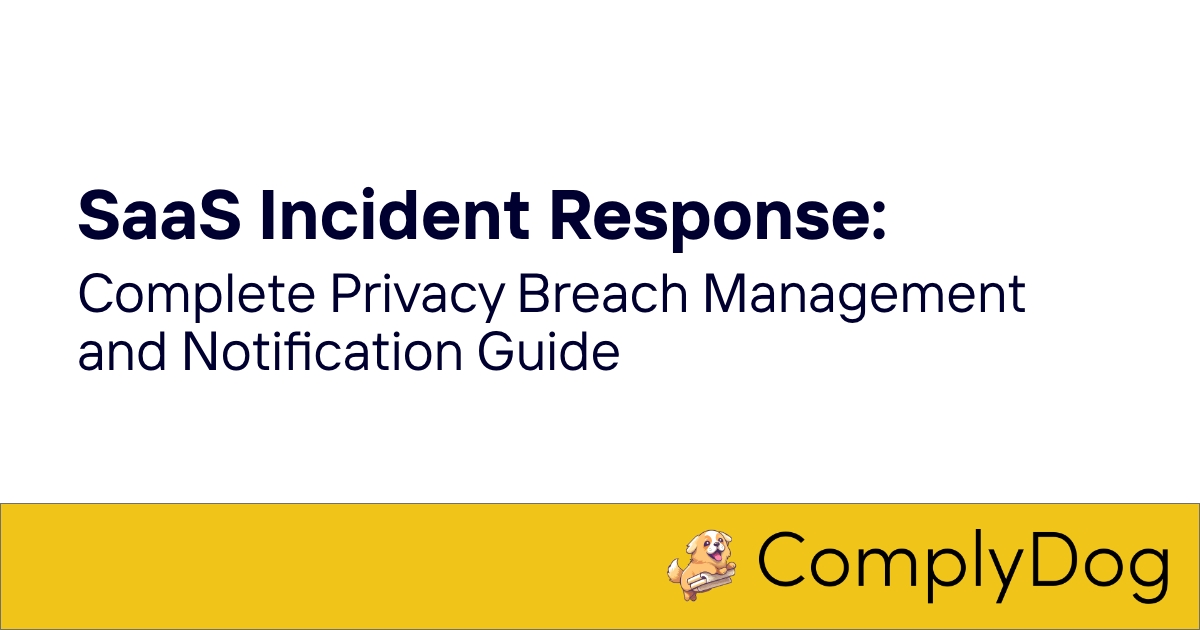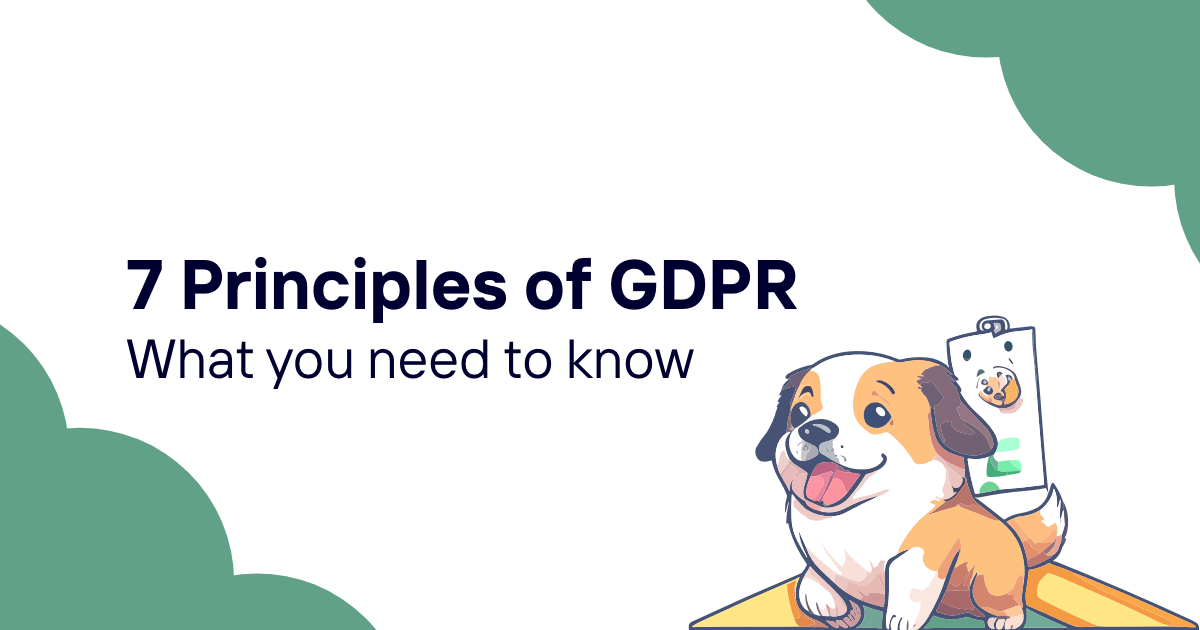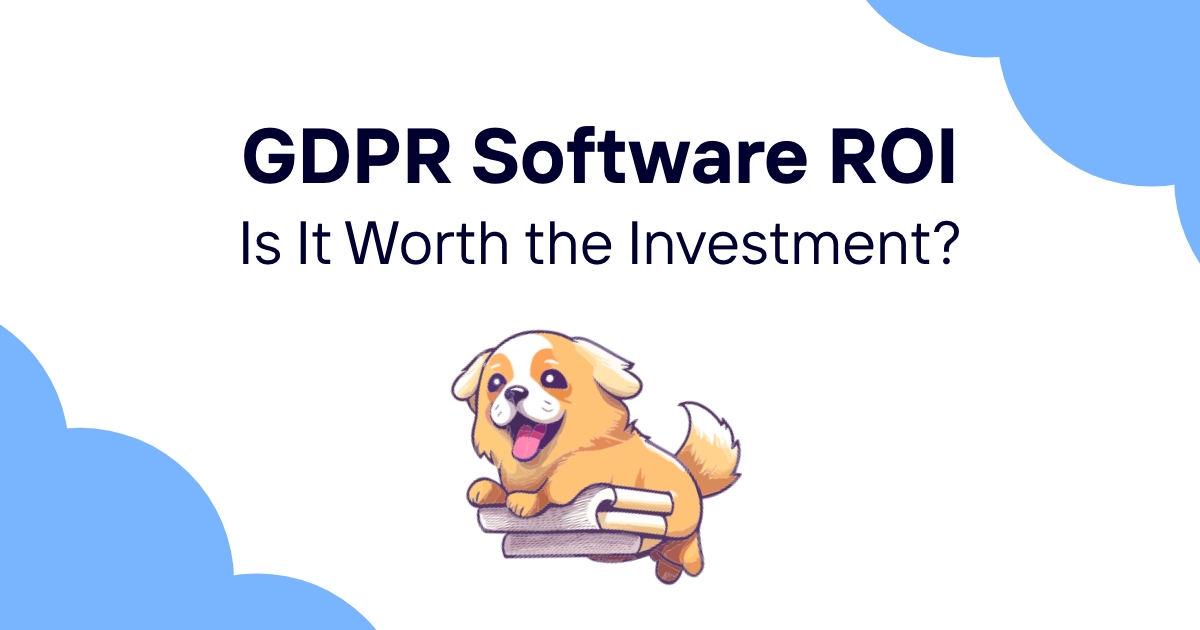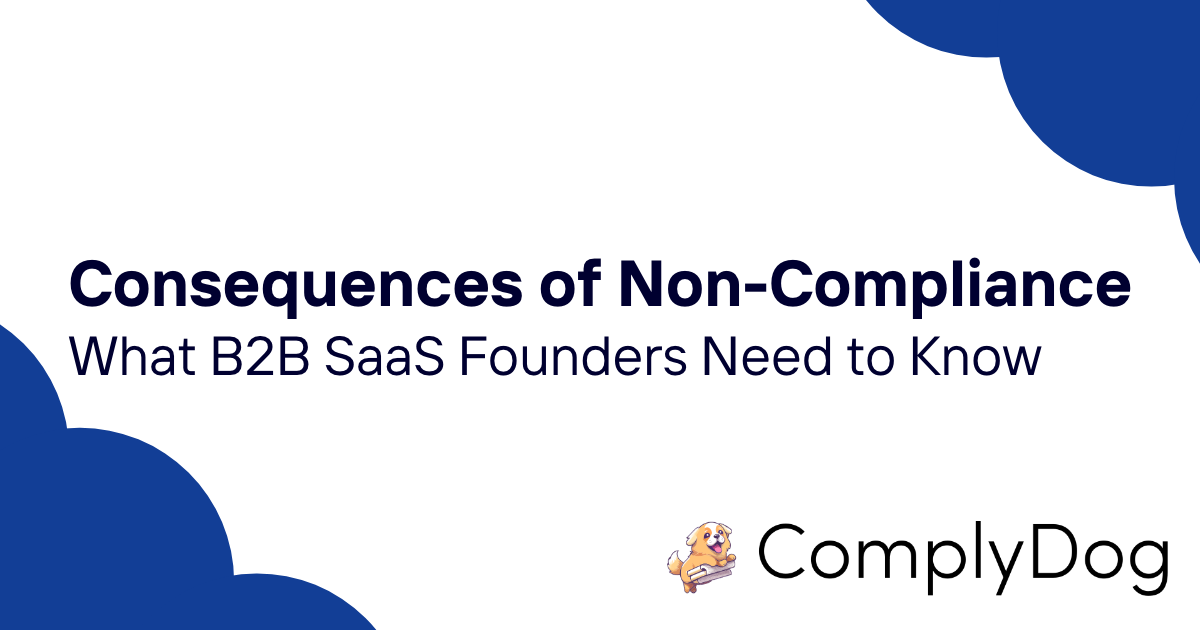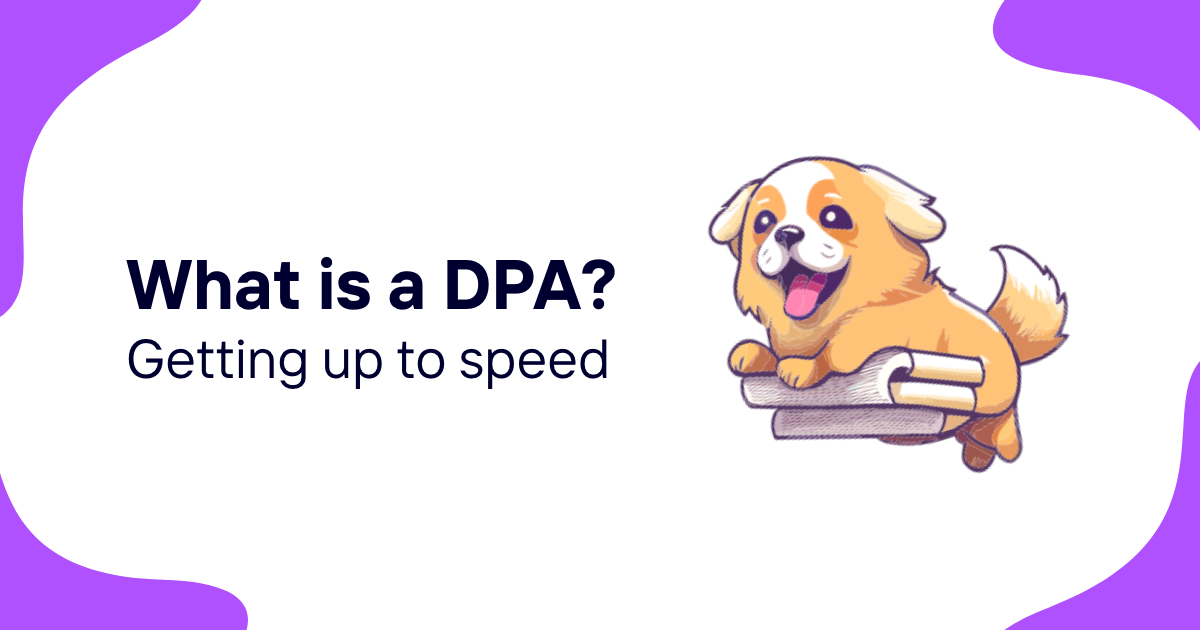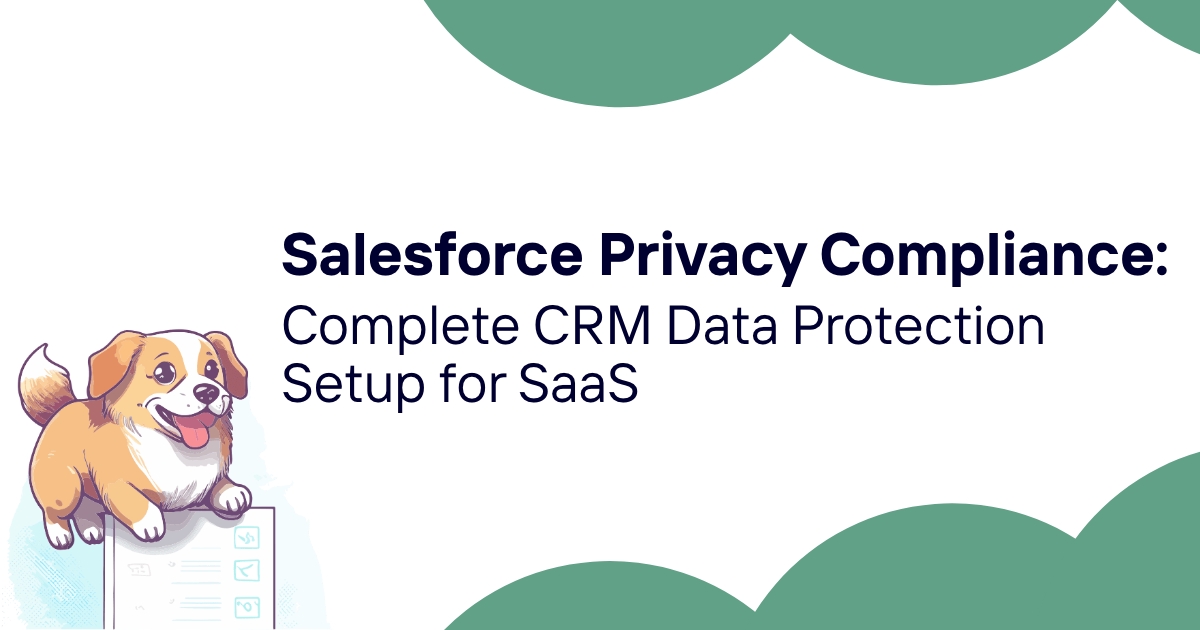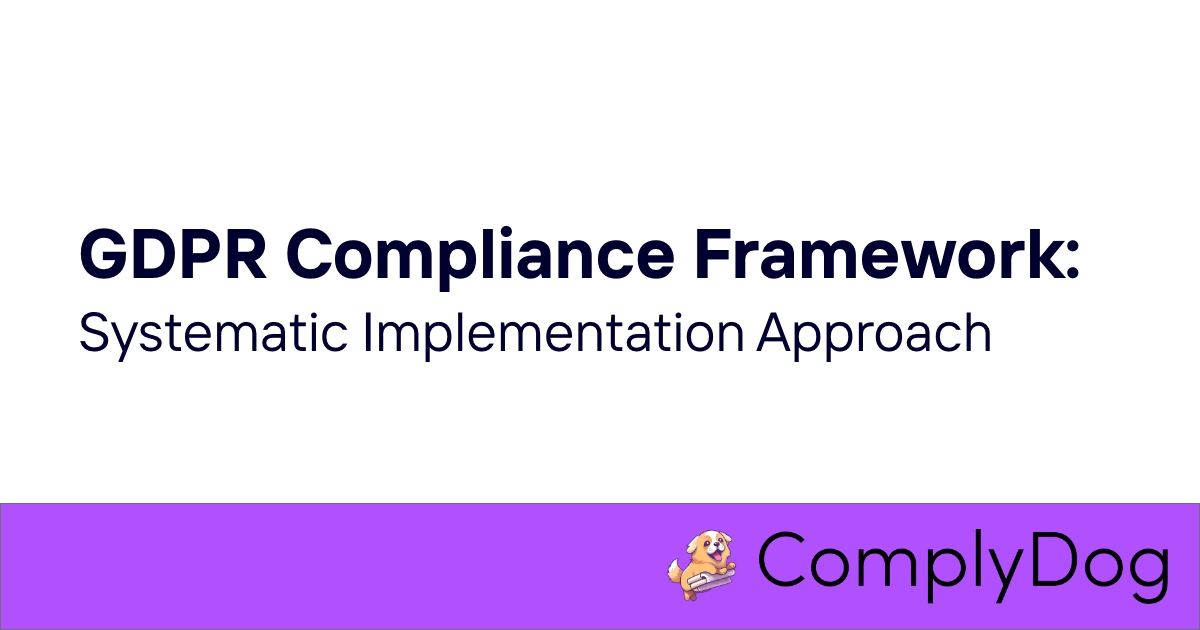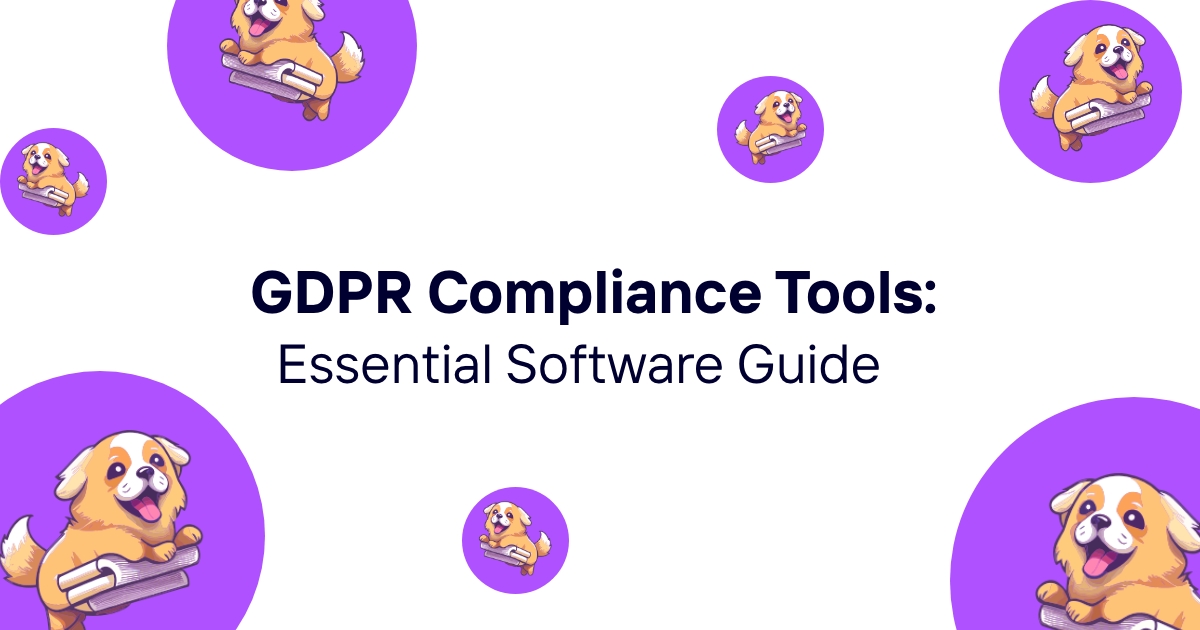SaaS incident response requires comprehensive privacy breach management that ensures rapid detection, appropriate containment, and regulatory compliance while maintaining customer trust throughout security incident and data breach response activities. Modern SaaS platforms face sophisticated threats that require systematic incident response capabilities to protect customer data and minimize business impact throughout breach management and incident recovery processes.
The complexity of SaaS incident response lies in coordinating technical response, legal compliance, customer communication, and business continuity while meeting strict regulatory notification timelines and maintaining service availability throughout incident response and breach management activities.
SaaS companies must implement incident response that addresses breach detection, damage assessment, regulatory notification, customer communication, and recovery procedures while maintaining operational resilience and customer confidence throughout incident management and business continuity activities.
Effective SaaS incident response enables companies to minimize breach impact while demonstrating security competence through systematic response processes that enhance customer trust and regulatory relationships throughout incident management and breach recovery activities.
Proper SaaS incident response implementation requires systematic approach to incident detection, breach classification, notification procedures, and recovery planning that ensures incident response enhances rather than compromises business resilience throughout security incident management.
ComplyDog helps SaaS companies implement comprehensive incident response through systematic breach assessment, automated notification systems, and integrated recovery frameworks that ensure incident management provides business protection while maintaining comprehensive regulatory compliance and customer trust.
Incident Detection and Classification
Implementing comprehensive incident detection and classification ensures that security events receive appropriate response while maintaining systematic incident management throughout breach detection and incident categorization activities.
Automated Breach Detection Systems:
Implement automated breach detection while ensuring appropriate monitoring and alert generation throughout security incident detection and breach identification activities.
Configure detection systems that provide comprehensive monitoring while minimizing false positives through appropriate detection procedures and automated monitoring frameworks.
Incident Severity Classification:
Classify incident severity while ensuring appropriate response prioritization and resource allocation throughout incident assessment and severity determination activities.
Design classification systems that provide accurate severity assessment while enabling appropriate response through systematic incident evaluation and priority assignment procedures.
Data Breach Impact Assessment:
Assess data breach impact while ensuring appropriate damage evaluation and response planning throughout breach assessment and impact determination activities.
Implement impact assessment that provides comprehensive evaluation while supporting response decisions through appropriate assessment procedures and damage evaluation frameworks.
Privacy vs Security Incident Distinction:
Distinguish privacy from security incidents while ensuring appropriate response procedures and compliance requirements throughout incident categorization and response coordination activities.
Configure distinction procedures that provide appropriate categorization while ensuring comprehensive response through incident type identification and specialized response frameworks.
Incident Escalation Triggers:
Establish incident escalation triggers while ensuring appropriate response escalation and stakeholder involvement throughout incident escalation and response coordination activities.
For insights on implementing comprehensive privacy controls in operational environments, check out our SaaS data retention guide which addresses similar systematic operational challenges.
Breach Containment and Investigation
Implementing comprehensive breach containment and investigation ensures that security incidents receive appropriate response while preserving evidence throughout incident containment and forensic investigation activities.
Immediate Containment Procedures:
Implement immediate containment procedures while ensuring appropriate incident isolation and threat neutralization throughout emergency response and immediate containment activities.
Configure containment procedures that provide rapid threat neutralization while preserving evidence through appropriate containment frameworks and emergency response protocols.
Forensic Investigation Management:
Manage forensic investigation while ensuring appropriate evidence collection and incident analysis throughout security investigation and forensic analysis activities.
Design investigation management that provides comprehensive analysis while maintaining evidence integrity through appropriate forensic procedures and investigation frameworks.
Evidence Preservation and Chain of Custody:
Preserve evidence while maintaining chain of custody throughout forensic evidence management and legal evidence preservation activities.
Implement evidence procedures that provide legal admissibility while supporting investigation through appropriate preservation frameworks and custody management protocols.
Root Cause Analysis:
Conduct root cause analysis while ensuring appropriate incident understanding and prevention planning throughout incident analysis and cause determination activities.
Configure analysis procedures that provide comprehensive understanding while supporting prevention through appropriate analysis frameworks and causation investigation protocols.
System Recovery and Restoration:
Manage system recovery while ensuring appropriate restoration and security verification throughout system restoration and recovery management activities.
Regulatory Notification Requirements
Managing regulatory notification requirements ensures that breach reporting meets legal obligations while maintaining compliance throughout regulatory communication and authority notification activities.
GDPR Breach Notification (72-Hour Rule):
Implement GDPR breach notification while ensuring appropriate timeline compliance and regulatory communication throughout European data protection authority notification and GDPR compliance activities.
Configure GDPR notification that provides timely reporting while ensuring accurate information through appropriate notification procedures and regulatory communication frameworks.
Multi-Jurisdictional Notification Management:
Manage multi-jurisdictional notifications while ensuring appropriate regulatory coverage and compliance coordination throughout international breach reporting and cross-border notification activities.
Design notification management that provides comprehensive regulatory coverage while maintaining efficiency through appropriate multi-jurisdictional procedures and international compliance frameworks.
Regulatory Authority Communication:
Communicate with regulatory authorities while ensuring appropriate information sharing and relationship management throughout authority coordination and regulatory communication activities.
Implement authority communication that provides necessary information while maintaining cooperative relationships through appropriate communication procedures and regulatory coordination frameworks.
Notification Content and Documentation:
Document notification content while ensuring appropriate information accuracy and compliance documentation throughout regulatory reporting and notification documentation activities.
Configure documentation procedures that provide comprehensive information while maintaining accuracy through appropriate documentation frameworks and reporting protocols.
Follow-up Reporting and Updates:
Manage follow-up reporting while ensuring appropriate ongoing communication and compliance updates throughout continued regulatory reporting and authority update activities.
Customer Communication and Notification
Implementing comprehensive customer communication and notification ensures that affected individuals receive appropriate information while maintaining customer trust throughout breach communication and customer notification activities.
Customer Notification Strategy:
Develop customer notification strategy while ensuring appropriate communication approach and customer relationship management throughout breach communication and customer notification planning activities.
Implement notification strategy that provides clear communication while maintaining customer confidence through appropriate communication procedures and customer relationship frameworks.
Notification Timeline Management:
Manage notification timelines while ensuring appropriate communication timing and regulatory compliance throughout customer notification scheduling and timeline coordination activities.
Configure timeline management that provides timely communication while ensuring accuracy through appropriate scheduling procedures and notification timing frameworks.
Communication Channel Selection:
Select communication channels while ensuring appropriate reach and message delivery throughout customer communication and notification channel management activities.
Design channel selection that provides comprehensive reach while maintaining message effectiveness through appropriate communication procedures and channel optimization frameworks.
Message Content and Transparency:
Develop message content while ensuring appropriate information transparency and customer understanding throughout breach communication and notification content development activities.
Implement content development that provides necessary transparency while maintaining customer trust through appropriate messaging procedures and communication frameworks.
Customer Support Integration:
Integrate customer support while ensuring appropriate assistance and question handling throughout breach response customer support and incident communication activities.
Legal and Contractual Obligations
Managing legal and contractual obligations ensures that incident response meets legal requirements while protecting business interests throughout legal compliance and contractual obligation management activities.
Legal Counsel Coordination:
Coordinate legal counsel involvement while ensuring appropriate legal guidance and compliance support throughout incident response legal consultation and attorney coordination activities.
Configure legal coordination that provides necessary guidance while maintaining response efficiency through appropriate legal procedures and counsel integration frameworks.
Customer Contract Notification Requirements:
Address customer contract notification requirements while ensuring appropriate contractual compliance and customer obligation fulfillment throughout contractual notification and agreement compliance activities.
Implement contract compliance that provides comprehensive obligation fulfillment while maintaining customer relationships through appropriate contractual procedures and obligation management frameworks.
Insurance and Liability Management:
Manage insurance and liability while ensuring appropriate coverage utilization and risk mitigation throughout incident response insurance coordination and liability management activities.
Design insurance management that provides comprehensive coverage while minimizing liability through appropriate insurance procedures and risk mitigation frameworks.
Vendor and Third-Party Coordination:
Coordinate vendor and third-party involvement while ensuring appropriate responsibility allocation and response coordination throughout vendor incident coordination and third-party management activities.
Configure vendor coordination that provides comprehensive response while maintaining accountability through appropriate vendor procedures and third-party coordination frameworks.
Legal Documentation and Evidence:
Document legal evidence while ensuring appropriate legal protection and compliance documentation throughout incident legal documentation and evidence management activities.
Business Continuity and Recovery
Implementing comprehensive business continuity and recovery ensures that incident response maintains operational resilience while minimizing business impact throughout business continuity and incident recovery activities.
Business Impact Assessment:
Assess business impact while ensuring appropriate damage evaluation and recovery planning throughout incident business assessment and impact evaluation activities.
Implement impact assessment that provides comprehensive business evaluation while supporting recovery decisions through appropriate assessment procedures and business impact frameworks.
Service Restoration Priorities:
Establish service restoration priorities while ensuring appropriate recovery sequencing and resource allocation throughout service recovery and restoration management activities.
Configure restoration priorities that provide efficient recovery while maintaining service quality through appropriate prioritization procedures and recovery frameworks.
Customer Communication During Recovery:
Communicate with customers during recovery while ensuring appropriate status updates and expectation management throughout recovery communication and customer update activities.
Design recovery communication that provides transparency while maintaining customer confidence through appropriate communication procedures and recovery status frameworks.
Lessons Learned Integration:
Integrate lessons learned while ensuring appropriate improvement identification and process enhancement throughout incident learning and improvement integration activities.
Implement learning integration that provides systematic improvement while preventing recurrence through appropriate learning procedures and enhancement frameworks.
Recovery Validation and Testing:
Validate recovery while ensuring appropriate system verification and security confirmation throughout recovery validation and restoration testing activities.
Incident Response Training and Preparedness
Implementing comprehensive incident response training and preparedness ensures that response teams maintain readiness while building incident management capabilities throughout training and preparedness activities.
Incident Response Team Training:
Provide incident response team training while ensuring appropriate competency development and response capability throughout team training and skill development activities.
Configure training programs that provide comprehensive competency while maintaining response readiness through appropriate training procedures and skill development frameworks.
Tabletop Exercises and Simulations:
Conduct tabletop exercises while ensuring appropriate scenario practice and response preparation throughout incident simulation and preparedness testing activities.
Design exercise programs that provide realistic practice while identifying improvement opportunities through appropriate simulation procedures and exercise frameworks.
Response Plan Updates and Maintenance:
Update response plans while ensuring appropriate plan currency and effectiveness throughout incident plan maintenance and response procedure updates.
Implement plan maintenance that provides current procedures while ensuring effectiveness through appropriate update procedures and plan management frameworks.
Cross-Functional Coordination Training:
Train cross-functional coordination while ensuring appropriate team integration and communication throughout interdisciplinary response training and coordination development activities.
Configure coordination training that provides effective teamwork while ensuring comprehensive response through appropriate coordination procedures and team integration frameworks.
Vendor and Partner Response Coordination:
Coordinate vendor and partner response while ensuring appropriate external coordination and response integration throughout vendor incident coordination and partner response activities.
Performance Metrics and Improvement:
Measure performance while ensuring appropriate response evaluation and continuous improvement throughout incident response metrics and performance enhancement activities.
Ready to build incident response capabilities that protect your business while maintaining customer trust? Use ComplyDog and implement comprehensive SaaS incident response that transforms security incidents from business threats into demonstrations of operational excellence through systematic breach management and recovery procedures that ensure regulatory compliance while preserving customer confidence.
